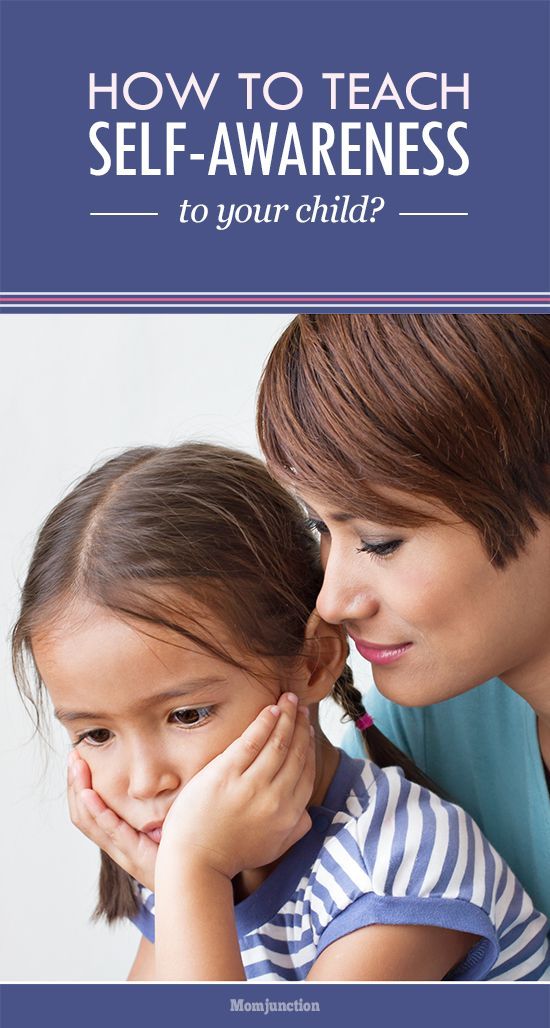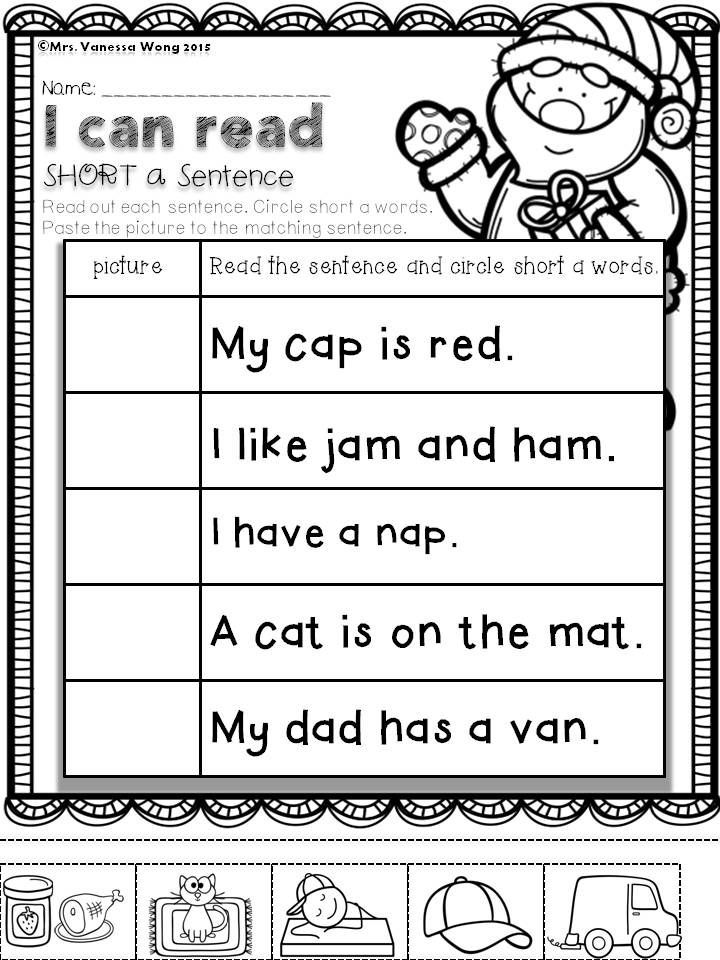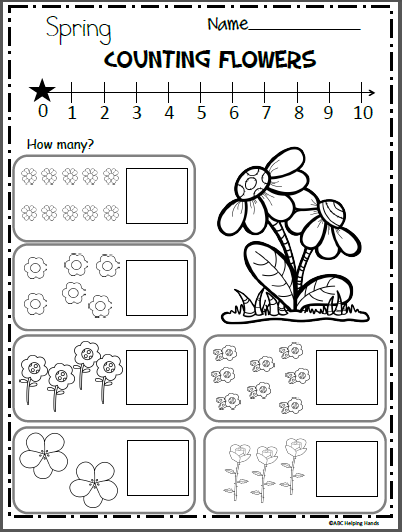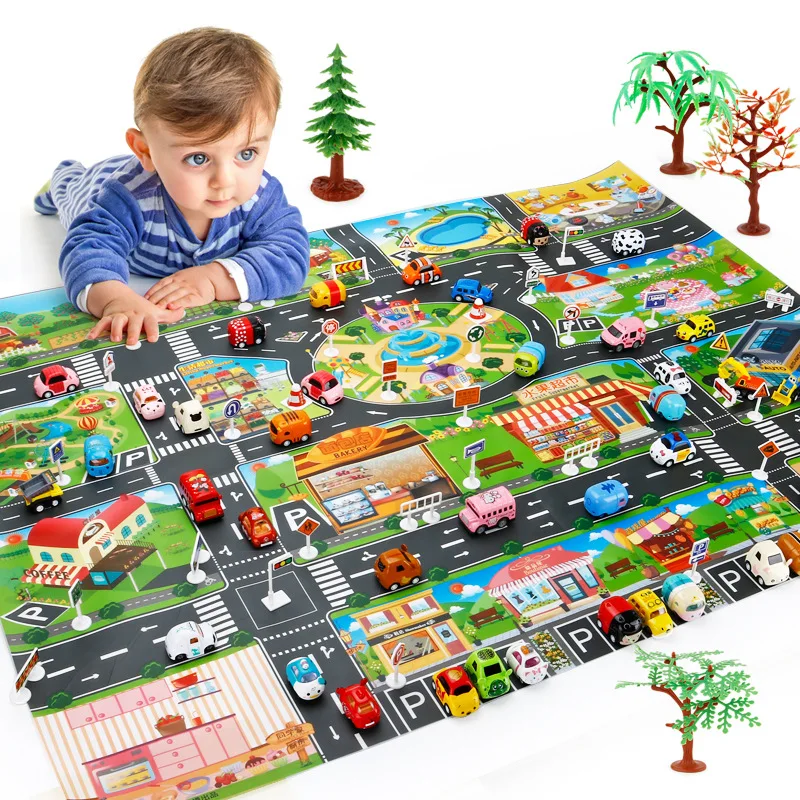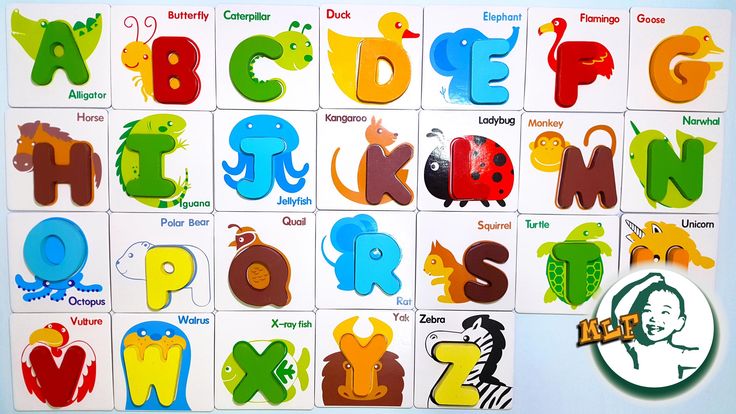How to teach your kid
Teaching your child everyday skills
When children play, they're learning what they want to learn. Often these will be things you want them to learn, too.
Sometimes, though, your child may need some extra help from you to learn the necessary skills they'll need throughout their lives.
For example, these skills can be learning to use a potty, how to wash and dress themselves, what not to touch, and where it's not safe to run.
Tips for everyday life with kids
The following suggestions can make life easier for both you and your child.
Wait until you think your child's readyIf you try to teach them something too soon, you'll both end up getting frustrated. If you try teaching them something and it doesn't work out, leave it for a few weeks and try again.
Your child might learn to eat with a spoon very quickly, but they may still want to be fed when they're tired.
They might use the potty a few times and then want to go back to nappies.
Try not to worry – this doesn't mean you have failed. It won't take them long to realise they want to learn to be grown up and independent.
Keep them safeYoung children can't understand why they shouldn't play with electrical goods or breakable objects. It's easier to keep things you don't want touched well out of their way.
Be encouragingYour child wants to please you. If you give them a big smile, a cuddle or praise when they do something right, they're much more likely to do it again. This works a lot better than telling them off for doing something wrong.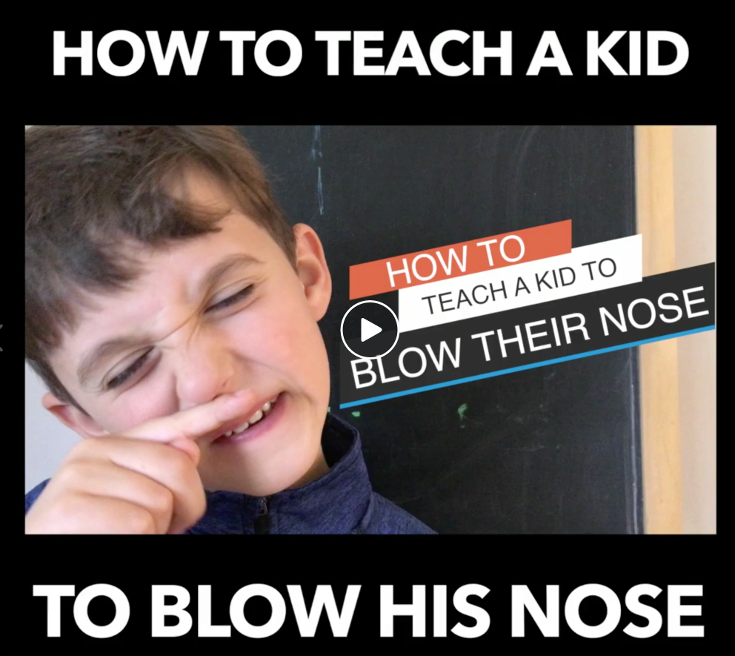
Don't expect perfection or instant results. If you assume everything is going to take a bit longer than you thought, you'll be pleasantly surprised if it doesn't.
Set an exampleYour child wants to be like you and do what you do. Let them see you washing, brushing your teeth and using the loo.
Be firmChildren need firm, consistent guidelines. They often feel more secure if you stick to the limits you have set, even if they don't like them or try to test them.
Boundaries work far better when you explain to your child why they're there. For example, if you pull them away from an open fire, explain why.
Be consistentFor the same reason, it's important that everyone who looks after your child adopts a similar approach to their upbringing, including bedtime routines, meal times, discipline and screen time.
If you and your partner or you and your childminder (or nursery or nanny) do things very differently, your child won't learn as easily.
Match your circumstancesDo what's right for your child, you and the way you live. Don't worry about what the child next door can or can't do. It's not a competition.
Further information
- Baby and toddler safety
- Dealing with child behaviour problems
Page last reviewed: 4 August 2022
Next review due: 4 August 2025
New skills for kids & behaviour management
Helping children learn new skills as part of behaviour management
When children can do the things they want or need to do, they’re more likely to cooperate. They’re also less likely to get frustrated and behave in challenging ways. This means that helping children learn new skills can be an important part of managing behaviour.
This means that helping children learn new skills can be an important part of managing behaviour.
When children learn new skills, they also build independence, confidence and self-esteem. So helping children learn new skills can be an important part of supporting overall development too.
Here’s an example: if your child doesn’t know how to set the table, they might refuse to do it – because they can’t do it. But if you show your child how to set the table, they’re more likely to do it. They’ll also get a sense of achievement and feel good about helping to get your family meal ready.
There are 3 key ways you can help children learn everything from basic self-care to more complicated social skills:
- modelling
- instructions
- step by step.
Remember that skills take time to develop, and practice is important. But if you have any concerns about your child’s behaviour, development or ability to learn new skills, see your GP or your child and family health nurse.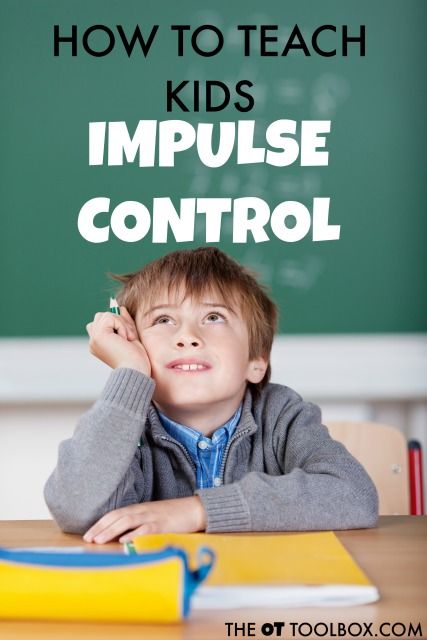
When you’re helping your child learn a skill, you can use more than one teaching method at a time. For example, your child might find it easier to understand instructions if you also break down the skill or task into steps. Likewise, modelling might work better if you give instructions at the same time.
Modelling
Through watching you, your child learns what to do and how to do it. When this happens, you’re ‘modelling’.
Modelling is usually the most efficient way to help children learn a new skill. For example, you’re more likely to show rather than tell your child how to make a bed, sweep a floor or throw a ball.
Modelling can work for social skills. Prompting your child with phrases like ‘Thank you, Mum’, or ‘More please, Dad’ is an example of this.
You can also use modelling to show your child skills and behaviour that involve non-verbal communication, like body language and tone of voice. For example, you can show how you turn to face people when you talk to them, or look them in the eyes and smile when you thank them.
Children also learn by watching other children. For example, your child might try new foods with other children at preschool even though they might not do this at home with you.
How to make modelling work well
- Get your child’s attention, and make sure your child is looking at you.
- Move slowly through the steps of the skill so that your child can clearly see what you’re doing.
- Point out the important parts of what you’re doing – for example, ‘See how I am …’. You might want to do this later if you’re modelling social skills like greeting a guest.
- Give your child plenty of opportunities to practise the skill once they’ve seen you do it – for example, ‘OK, now you have a go’.
Instructions
You can help your child learn how to do something by explaining what to do or how to do it.
How to give good instructions
- Give instructions only when you have your child’s attention.
- Use your child’s name and encourage your child to look at you while you speak.

- Get down to your child’s physical level to speak.
- Remove any background distractions like the TV.
- Use language that your child understands. Keep your sentences short and simple.
- Use a clear, calm voice.
- Use gestures to emphasise things that you want your child to notice.
- Gradually phase out your instructions and reminders as your child gets better at remembering how to do the skill or task.
A picture that shows your child what to do can help them understand the instructions. Your child can check the picture when they’re ready to work through the instructions independently. This can also help children who have trouble understanding words.
Sometimes your child won’t follow instructions. This can happen for many reasons. Your child might not understand. Your child might not have the skills to do what you ask every time. Or your child just might not want to do what you’re asking. You can help your child learn to cooperate by balancing instructions and requests.
Step-by-step guidance: breaking down tasks
Some skills or tasks are complicated or involve a sequence of actions. You can break these skills or tasks into smaller steps. The idea is to help children learn the steps that make up a skill or task, one at a time.
How to do step-by-step guidance
- Start with the easiest step if you can.
- Show your child the step, then let them try it.
- Give your child more help with the rest of the task or do it for them.
- Give your child opportunities to practise the step.
- When your child can do the step reliably and without your help, teach them the next step, and so on.
- Keep going until your child can do the whole skill or task for themselves.
An example of step-by-step guidance
Here’s how you could break down the task of getting dressed:
- Get clothes out.
- Put on underpants.
- Put on socks.
- Put on shirt.

- Put on pants.
- Put on a jumper.
You could break down each of these steps into parts as well. This can help if a task is complex or if your child has learning difficulties. For example, ‘Put on a jumper’ could be broken down like this:
- Face the jumper the right way.
- Pull the jumper over your head.
- Put one arm through.
- Put your other arm through.
- Pull the jumper down.
Forwards or backwards steps?
You can help your child learn steps by moving:
- forwards – teaching your child the first step, then the next step and so on
- backwards – helping your child with all the steps until the last step, then teaching the last step, then the second last step and so on.
Learning backwards has some advantages. Your child is less likely to get frustrated because it’s easier and quicker to learn the last step. Also the task is finished as soon as your child completes the step. Often the most rewarding thing about a job or task is getting it finished!
Often the most rewarding thing about a job or task is getting it finished!
In the earlier example, you might teach your child to get dressed by starting with a jumper. You’d help your child get dressed until it came to the final step – the jumper.
You might help your child put the jumper over their head and put their arms in – then you might let your child pull the jumper down by themselves. Once your child can do this, you might encourage your child to put their arms through by themselves and then pull the jumper down. This would go on until your child can do each step, so they can do the whole task for themselves.
When your child is learning a new physical skill like getting dressed, it can help to put your hands over your child’s hands and guide your child through the movements. Phase out your help as your child begins to get the idea, but keep saying what to do. Then simply point or gesture. When your child is confident with the skill, you can phase out gestures too.
Tips to help children learn new skills
No matter which of the methods you use, these tips will help your child learn new skills:
- Make sure that your child has the physical ability and developmental maturity to handle the new skill. You might need to teach your child some basic skills before working on more complicated skills.
- Consider timing and environment. Children learn better when they’re alert and focused, so it can be good to work on new skills in the morning or after rest time. It’s also good to avoid distractions, like the TV or younger siblings.
- Give your child the chance to practise the skill. Skills take time to learn, and the more your child practises, the better.
- Give lots of praise and encouragement, especially in the early stages of learning. Praise your child when they follow your instruction, practise the skill or try hard, and say exactly what your child did well.
- Avoid giving negative feedback. Rather than saying your child has done it ‘wrong’, use words and gestures to explain 1-2 things your child could do differently next time.

Remember that behaviour might get worse before it improves, especially if you’re asking more from your child. A positive and constructive approach can help – for example, ‘Well done for getting the knots on your laces right! Would you like to do the loops together today?’
8 simple steps to teach children to respect and hear their parents?
Naughty children: why did they not please their parents?
In order for such children to behave "normally", adults have to make efforts: to restrain, control, repeat, refuse, punish and warn. And that's the point: we don't want to strain ourselves by raising children. It would be more convenient for the child to be controlled like a toy with a remote control.
You tell your child: “You need to wash your face” or “Wash your hands!”, but he does not listen to you. You remind that it's time to break away from the computer and sit down for lessons, he frowns with displeasure: "Leave me alone!" - Of course, it's a mess. nine0004
nine0004
Smart parents have funny, smart and obedient children. Moreover, smart and loving parents take care of this: they make sure that their children are not only smart, but also obedient. This seems obvious: if you want to teach a child to do good things, you first need to teach him to obey you elementarily.
Unfortunately, ordinary children have long been accustomed to not listening to their parents: you never know what they say! And the point here is not in the children, but in us, in the parents, when we say things that are important for us to the children somehow not seriously, not paying attention to whether the children are listening to us or not, when we put forward our demands unconvincingly. nine0004
Your requests should be calm but clear instructions, sound weighty and be accompanied by control. The child must know that your words are not empty words, and if you warn that toys that are not removed are thrown away, they really disappear. If a parent approaches a child with a confident request, knowing that he has leverage, the child will respond to such a request.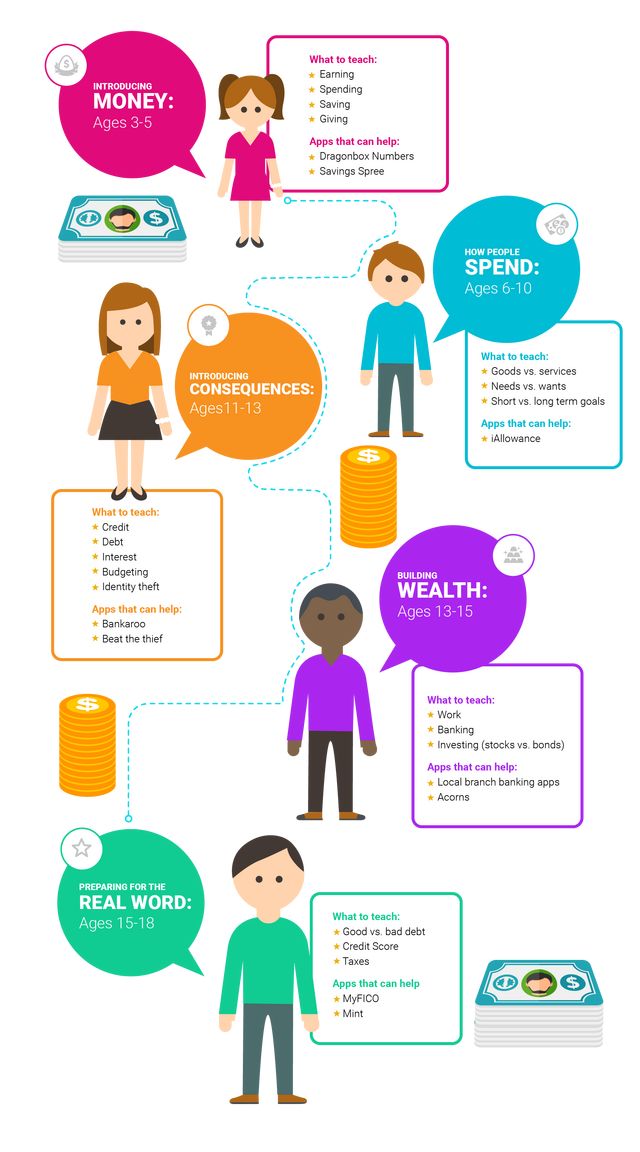
But it's not just about the right wording and levers of influence, there is another important trick in building relationships with a child, namely, whether your child has a HABIT to obey you. "To obey or not to obey parents" is determined not only by what and how the parents say, it is also determined simply by the child's habits. nine0004
There are children who have the habit of mindlessly obeying everyone, and there are children who have the same habit of mindlessly disobeying anyone. Obeying "everyone" or "no one" are equally bad habits, but the habit of obeying selectively, namely, OBEYING YOUR PARENTS, is a great habit! Your children should have the habit of paying attention to what you say, the habit of doing what you ask them to. Teach your child to listen and obey you, and you will have your parental authority, you will have the opportunity to raise a developed and thinking person from your child. nine0004
Is it difficult to get your children into this habit? Much depends on age: it is difficult to teach a teenager to obey his parents, it is almost impossible for many mothers, and developing such a habit in a small child is a solvable task. In principle, the sooner you begin to develop in your child the habit of listening and obeying you, the easier it will be for you.
In principle, the sooner you begin to develop in your child the habit of listening and obeying you, the easier it will be for you.
The easiest method to help you with this is the "Eight Steps" method. Its idea is to teach your child to obey you, starting with the simplest, most elementary things, and very gradually, methodically move step by step to more difficult things. From simple to complex. nine0004
First, we do what any parent can do with any child, then we add a little, then a little more - and so we go a long way from a natural child to a well-bred child who already understands that people who are loving and more experienced than him should obey right.
The age at which the Eight Steps algorithm works best is from 2 to 12 years. After 12 years, a well-bred child should already become your friend and helper, you are no longer so much raising him, but helping him in his self-education, helping him to solve life's tasks in the best way. nine0004
Now let's get down to business.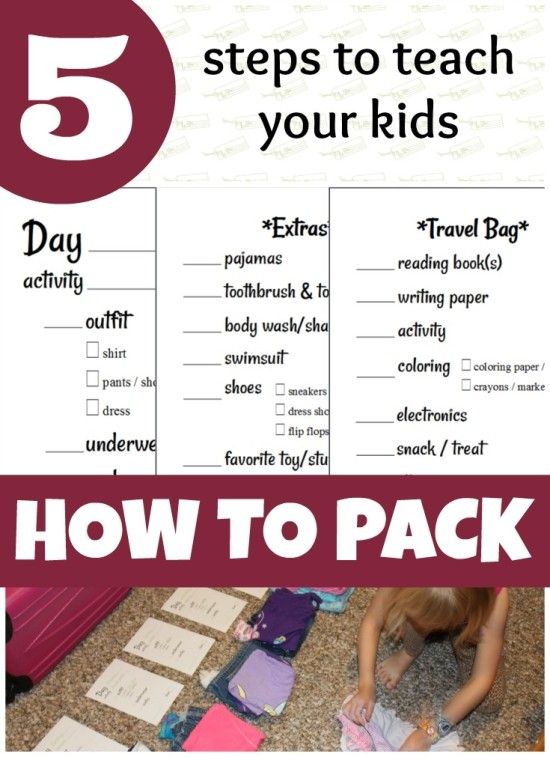 What are these steps?
What are these steps?
Step 1: Addition.
As the King from Antoine Saint-Exupéry's fairy tale "The Little Prince" said, controlling the sunrise is easy, you just need to know when the sunrise occurs. Say at the right moment: "Sun, rise!", and you will become the lord of the rising sun... So is the child: if the child does not obey you yet, he still does something. Go from what is, adapt to what he does, and direct his activity in the direction you need. nine0004
The child runs, you shout to him: "Well done, faster, faster!" - he happily adds speed.
Sit down at the table, you know what the child loves, what he will still reach for. Get ahead of him: "Take your favorite bread!" You said he took it.
Little Nikita likes to clap his hands. "How does Nikita clap her hands? - Clever girl, Nikita! And now, Nikita, show me how the car hums! ... Wonderful!" - you teach him to do what you tell him. He is one and a half years old, and he is already learning to listen to you and obey. nine0004
nine0004
If you can't manage, take the lead. You cannot (yet) control the behavior of the child - adapt to what he does anyway, and what he wants to do himself.
Step 2: Taming: Train to come when called.
Do you know what "attach" means? The fisherman throws food into the river - he attracts fish. When an ancient man decided to tame wild dogs, he also started with affection, then he began to feed them, then stroke them, and gradually taught them to run up to him when he called them. Have you already tamed your children? Do they come running to you when you call them? If your children are still wild, start like an ancient man by taming them. nine0004
Your child likes to crunch apples or nibble cookies: your task is to make sure that access to these sweets is not free, but only through you. This is not in the vase, but you can give it to your child. Now you don’t wait until he starts begging from you, but choosing a good time, you yourself announce: “Who wants a tasty apple, quickly runs to me!”, “Cookies, cookies, delicious cookies for obedient kids. ” Children run, you treat them and pat them on the head: "Well done, how quickly you run to your mother!" So the hunt has taken place - you are already accustoming children to come to you when you call them. nine0004
” Children run, you treat them and pat them on the head: "Well done, how quickly you run to your mother!" So the hunt has taken place - you are already accustoming children to come to you when you call them. nine0004
Invite your child to you - and praise him when he comes to you! A bait can be not only food, but everything that the child likes: and squeeze the cream on the cake, and cut the bread, and the time when you can play with the child in the games that he loves. "Mom has five minutes! Whoever comes running quickly can play hide and seek with her!" Important: if a child comes running, you reinforce it: give a bait and praise. If the child is in no hurry to run, comes later and demands, you don’t give a bait: “That’s it! It’s all over!”, but you prompt: “When mom calls, you need to run quickly!”. Teach your child to fulfill your requests, reinforcing it with joy. nine0004
Step 3. Learning to negotiate.
Your child will be intelligent and not capricious if you teach him to use his mind. And for this, take the time to explain to the child what is good and what is bad - and teach him to negotiate. You can try to talk intelligently with a child even at two years old, and if your child is already three years old, this is already a must. Teach your child to negotiate and fulfill agreements!
And for this, take the time to explain to the child what is good and what is bad - and teach him to negotiate. You can try to talk intelligently with a child even at two years old, and if your child is already three years old, this is already a must. Teach your child to negotiate and fulfill agreements!
You and your child are on the playground, it's time for you to leave, but the child doesn't want to leave, he wants to play more. Just command? nine0004
The child may begin to protest with a roar. What to do?
Negotiate.
The first agreement - before coming to the playground. "You want to go to the playground, but we can't play there for a long time, I will need to return home, cook dinner. You promise me that when I say that it's time for us, you won't cry, but will say goodbye to all the children and go with me home? Won't you keep me?" The second conversation is when it's time for you to leave. Most likely, the child will begin to whine: "Mom, I have a little more!". Here your task is to calmly cut him off from the players and discuss how to behave correctly in such a situation. “If you promised that you would not whine and cry when you need to go home, you can’t whine and cry. Otherwise, how will they believe you next time?” nine0004
Here your task is to calmly cut him off from the players and discuss how to behave correctly in such a situation. “If you promised that you would not whine and cry when you need to go home, you can’t whine and cry. Otherwise, how will they believe you next time?” nine0004
Here it is important that respect for agreements is supported by all close adults, there is only one position: "Agreed - it is necessary to fulfill it. And whoever does not fulfill the agreements is a violator, a whim and a small one, nothing serious can be allowed to him." We agree and do not be capricious.
Step 4: No whims.
An obedient child not only DOes what you ask him to do, he also STOPS doing what you do not like. The child tries to fight the will of his parents through his whims and tantrums, and your task at this step is to stop reacting to them in any way. Learn to do your own thing without reacting to the whims of the child - in those cases when you yourself are sure that you are right and you know that everyone will support you. nine0004
nine0004
You are all hurrying to the train, packing your things. In this case, the whims of the child "Come play with me!" will be easily ignored by everyone, including grandmothers. Teach your child that there are important things to do. Teach your child to say, "This is important." If you sat down in front of him and, looking into his eyes, holding his shoulders, calmly and firmly say: "Adults now need to get together, and we will play with you later. This is important!" - then soon the child will begin to understand you. It is important!
Step 5: Requirements. nine0004
Your child already quickly comes running to you when you call him with something tasty, he stopped being capricious and no longer throws tantrums. As a rule, he will do what you asked him to do, but he is not yet used to the fact that you can seriously demand something from him. Requests are soft, while demands are hard and mandatory. Is that the way to listen? At this step, again act consistently, but carefully, at first demand a minimum and only when everyone supports you.
The child is already old enough to... In order not to take a toy from someone else's child, to pick up a fallen mitten yourself, to put porridge in your mouth yourself... - Always look for those moments when your demands will be supported by everyone around you, so that even the grandmothers at least kept silent. nine0004
If you have too many demands on your child, if he does not keep up with your numerous demands, or if you do not have the support of others, do not push. Like politics, education is the art of the possible. Napoleon himself taught his commanders: "Give only those orders that will be carried out."
Nevertheless, gradually remove the bait as something obligatory, start calling the child already without rewarding him with something tasty. It's time to teach the child that if mom (especially dad) is his name, you need to come simply because he was called. If he doesn’t go right away, they repeated it, but achieved it. And now they drew his attention to the fact that you had to wait for him, and asked him to come when his mother calls.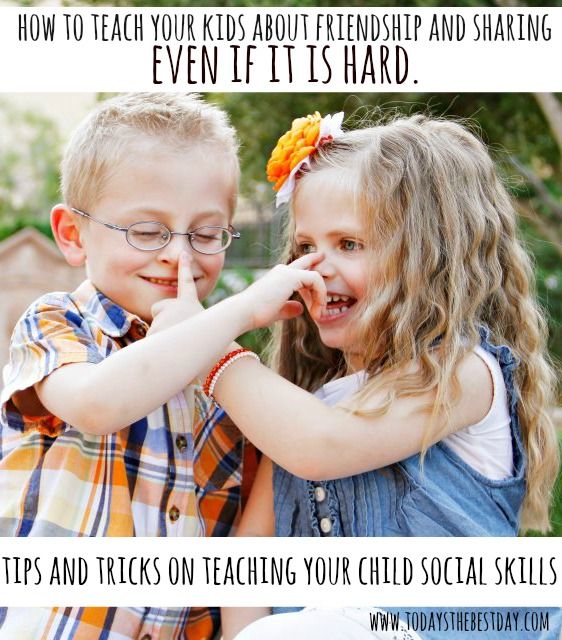 No need to swear, just say: "When mom calls, you need to come right away!" - and kiss! Slowly, your child will begin to learn it. nine0004
No need to swear, just say: "When mom calls, you need to come right away!" - and kiss! Slowly, your child will begin to learn it. nine0004
Step 6: Responsibilities.
Requirements are one-time, while duties are a system of permanent requirements for a child. The time has come to teach the child that each member of the family has his own responsibilities, and he must participate in family affairs on an equal basis with mom and dad. Having explained this to the child, begin to confidently give him tasks, but also act gradually here: let him first choose his duties according to his strength, let him do what is not difficult for him, or, all the more, even want a little.
This step is more difficult for mothers than for children. Moms really want to do everything themselves and not strain the child. So, dear mothers and, in principle, parents, make sure that the child always has things to do at your request. The child should not fade away the understanding that he has tasks, and he must do it. Clean up the bed, take away the cup, wash the dishes, run to the store - most likely, it’s easier and cheaper for you to do it all yourself, but you are educators, so your task is to restrain yourself, not to do it yourself and entrust it to the child every time . nine0004
Clean up the bed, take away the cup, wash the dishes, run to the store - most likely, it’s easier and cheaper for you to do it all yourself, but you are educators, so your task is to restrain yourself, not to do it yourself and entrust it to the child every time . nine0004
At first, the child has to be reminded of his duties, after a while the duty to remember should fall on the child himself. Remembering your responsibilities is also the responsibility of the child!
Step 7: Self-reliance.
When a child already knows what duties are, it's time to teach him to be independent. The ability to obey is the basis of smart independence. The independence of an obedient child lies in the fact that you can already give him difficult tasks in the confidence that he will complete them completely on his own, without your help and prompts. It’s not just “Go to the store” or “It’s your responsibility to take out the bucket”, but “Pack up all the things you will need on the trip”, “Grandma needs help digging up a garden in the country”, “Toothache? Call the clinic, Find out when the doctor is, go and get your teeth fixed. " As usual, not everything will turn out right away, at first the child will need your tips, help and support, but the more often he begins to successfully cope with difficult assignments, the faster he will wake up a taste for independence. So, move from simple to complex, from dense, frequent and specific clues to rare and general clues, and thus gradually move on to more and more difficult and independent tasks, mostly on the most positive background, with small irregular reinforcements and rare large ones. nine0004
" As usual, not everything will turn out right away, at first the child will need your tips, help and support, but the more often he begins to successfully cope with difficult assignments, the faster he will wake up a taste for independence. So, move from simple to complex, from dense, frequent and specific clues to rare and general clues, and thus gradually move on to more and more difficult and independent tasks, mostly on the most positive background, with small irregular reinforcements and rare large ones. nine0004
Ideally, if you go somewhere for a relatively long time, your child should be able to live without you without major problems. He is already on his own!
Step 8: Responsibility.
Well, the last step remains: responsibility. Women do not really like the word "responsibility", they are closer to "caring", but there is a difference between these words: a caring person pays only with efforts and soul, and a person responsible for his mistakes pays really. If you entrust a child with a responsible task, for this, in the event of a puncture, either the child or you will have to pay. But children grow up, it's time to acquaint them with responsibility, and now you entrust the child with not just deeds, but responsible deeds: those for which you need to answer to other people or, simply, pay for mistakes. nine0004
But children grow up, it's time to acquaint them with responsibility, and now you entrust the child with not just deeds, but responsible deeds: those for which you need to answer to other people or, simply, pay for mistakes. nine0004
You instructed a child to place an expensive service on the table. Or put money in the bank. Or - to bring a little sister from the kindergarten ... Will she not break it? Will not lose? Will not forget?
When taking on a responsible task, the child already knows the price of a mistake, and treats the assignment responsibly: he will think everything over, remember, follow up and check, and he will definitely report back to you at the end.
When a child learns this too, you can be proud - you are already an adult. You have raised an adult, responsible person! Remember, it all started with quiet, neat outbuildings to a completely naughty child? nine0004
Of course, and after that no one will promise you that your children will become angels and will never disobey you. Everything is possible, our children do not always obey us. Sometimes it happens by accident, sometimes on purpose. How to react to it? Calmly. If you act wisely, you will solve this issue without difficulty.
Everything is possible, our children do not always obey us. Sometimes it happens by accident, sometimes on purpose. How to react to it? Calmly. If you act wisely, you will solve this issue without difficulty.
By the way, is there anything after the eighth step, after the formation of responsibility in the child? Your child is not only ready to fulfill your requests, he knows his duties, he is a completely independent and responsible person. And it's all? Is there anything else we want to give our child? Tell me, when and how will we set the task so that our children grow up as loving people? nine0004
Should children listen unquestioningly to their parents?
There can be no unequivocal answer to this question precisely because parents are different. There are parents - alcoholics, there are - smart and loving. If we talk about smart and loving parents, then our answer will be positive: yes, children should obey such parents implicitly. Why? What for? Because smart and loving parents love their children and will never demand from their children what will be harmful to children.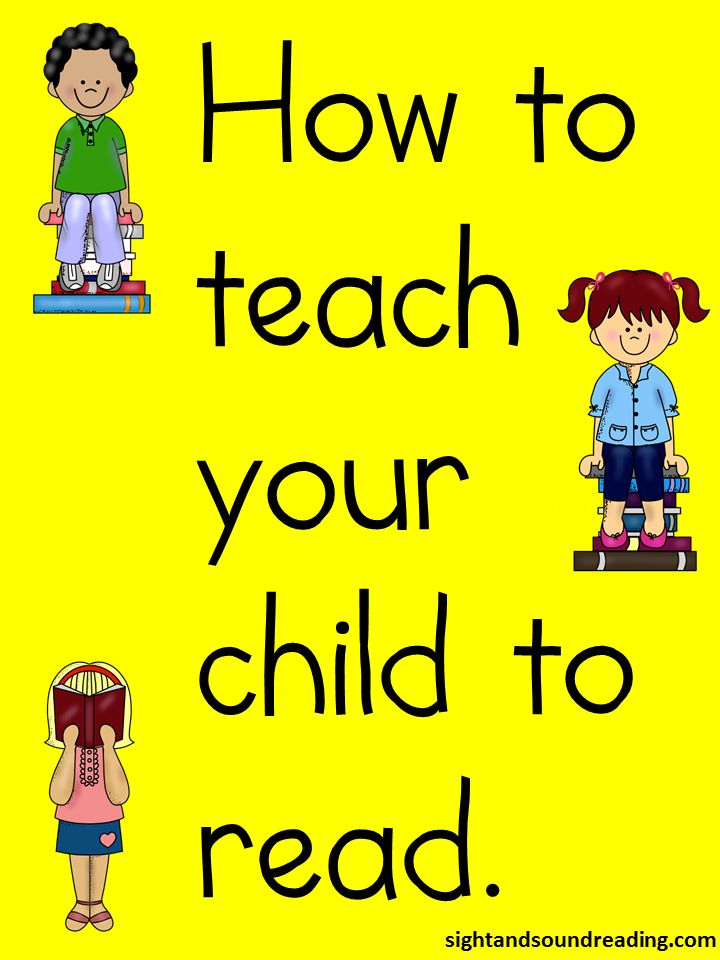 Such parents love to just talk to their children, spend time with them - and listen to what the children share with them. You don’t often hear demands on your children from them, and they demand only what is really necessary. nine0004
Such parents love to just talk to their children, spend time with them - and listen to what the children share with them. You don’t often hear demands on your children from them, and they demand only what is really necessary. nine0004
5 years old: when going out on the road, you need to take your mother by the hand and not play around here. 10 years: first lessons, then computer games. 15 years: at 22.00 - sleep!
Usually they don't even demand it, but gently ask, rather suggest and remind, and this is enough.
How to teach a child to think and analyze?
home
Parents
How to raise a child? nine0004
How to teach a child to think and analyze?
- Tags:
- Expert advice
- 3-7 years
- 7-12 years
- teenager
- children in the family
- family relationships
Every parent dreams of seeing their child inquisitive, active, successful in various activities, but not all adults believe that they can help their children in this development. In fact, it is the family that is able to create conditions conducive to the improvement of the child's mental activity. nine0004
In fact, it is the family that is able to create conditions conducive to the improvement of the child's mental activity. nine0004
Here are a few phrases, the constant use of which by parents will ultimately have a positive effect on the cognitive activity of the child.
1. A mistake is also a step forward!
Most of us are all afraid of making mistakes, because we anticipate criticism, punishment, remorse. Children are no exception, on the contrary, they especially need the approval of significant adults, because every slip and the resulting negative reaction from adults hurts the child. A few of these "wounds" - and your baby may lose self-confidence. Then, in the classroom at school, he will try to choose the simplest possible task, and the need to express his reasoning in front of others will become a real test for him. Therefore, it is extremely important to form the right attitude towards one's own mistakes as a natural phenomenon. But you should not forget about their timely correction either. nine0004
nine0004
2. How can I do it differently?
The variability of solving a problem is one of the important indicators of the development of mental abilities. This question is also relevant in everyday situations, and, of course, in solving problems of varying complexity - even if this is not required based on the condition of the problem.
This technique allows you to develop the flexibility of the mind. Be prepared for non-standard solutions: they are only welcome.
3. What do you think?
Even the ability to competently express one's opinion can say a lot about the mental capabilities of a child, as it requires a subtle analysis of the situation, coupled with the formation of one's own position. It will not appear overnight, but it can be reached by encouraging children to speak out on their own. This technique can be used at any opportunity, for example, when a cartoon character faces a choice, or when someone in a conversation finds it difficult to answer.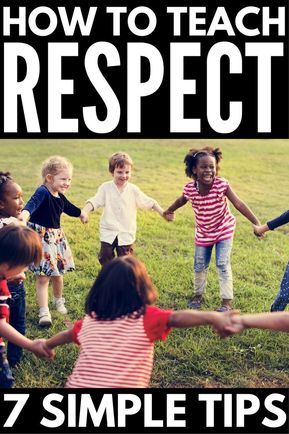
See also
How to learn to hear your child
How to teach a child to be reasonable
4. Justify.
It is not enough to be able to formulate one's position - one must be ready to substantiate and defend it: to give arguments, evidence, examples. This skill also needs practice.
5. Let's get together!
Many tasks (both academic and life) that a child faces are beyond his power. This is especially pronounced in the first decade of life, but even in the future the help of an adult is sometimes extremely necessary. It should not be seen as a condescension on the part of the older and more experienced in relation to the younger and unwise, but as an opportunity to spend time together and profitably. So you provide the zone of proximal development of the child. nine0004
6. Shall we settle?
It has been known since the time of Socrates that the best way to develop thinking is to solve problems. And these are not necessarily monotonous text tasks from a school textbook. It can be puzzles, logic games, charades, quests, rebuses. Now there is a fairly large selection of developing literature and manuals. However, it is important to observe the measure here: excessive intellectual load can lead to a decrease in cognitive interest.
And these are not necessarily monotonous text tasks from a school textbook. It can be puzzles, logic games, charades, quests, rebuses. Now there is a fairly large selection of developing literature and manuals. However, it is important to observe the measure here: excessive intellectual load can lead to a decrease in cognitive interest.
7. Well done! nine0149
Get used to praising your child not only for a positive result, but also for the very attempt of action, even if it is unsuccessful. It also required considerable effort, so timely approval will be an incentive for further development. You should not overpraise the child, but if you see that your child puts his soul into what he does, even if he is not yet successful, you should not leave it unattended.
And one more note to parents: the environment of the child, his family plays an important role in the development of abilities. This is a scientifically proven fact. Often this is why we see entire dynasties of musicians, doctors or scientists.